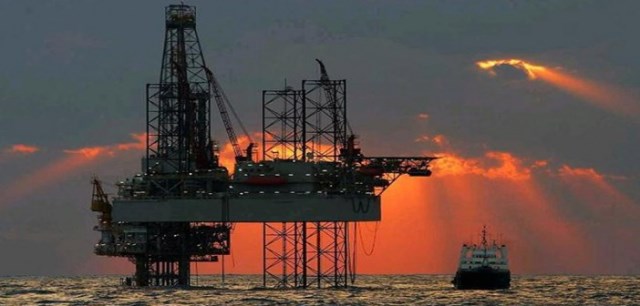Oil prices edged lower on Monday, echoing a weaker tone on global stock markets after evidence that economic growth in China, the world’s second-largest crude consumer, eased in 2018.
Brent crude oil futures LCOc1 were down 13 cents at $62.57 a barrel by 1207 GMT, while U.S. crude futures CLc1 lost 10 cents at $53.70 a barrel.
China’s 2018 economic growth slowed to the weakest in 28 years, data showed, at 6.6 percent versus 6.8 percent in 2017.
Although the slowdown was in line with expectations and not as sharp as some analysts had expected, the cooling of the world’s No.2 economy casts a shadow over global growth.
“It remains quite likely that the trade spat with the U.S. has played a part in this latest slowdown,” CMC Markets chief market analyst Michael Hewson said.
“But investors should also factor in that it simply isn’t possible for the Chinese economy to grow at the pace that it has over the last 10 years, in the next 10 years.”
While there is concern that a slowing global economy could impact oil demand, production cuts implemented by the Organization of the Petroleum Exporting Countries are likely to support crude oil prices, analysts said.
“You can’t justify oil prices at these levels. We’re looking basically at an average of almost $70 a barrel for Brent in 2019,” ING commodities strategist Warren Patterson said.
“I am getting increasingly concerned about how tight the market will be going into 2020.”
A separate report from China’s National Bureau of Statistics on Monday showed crude oil refinery throughput in 2018 climbed to a record 12.1 million barrels per day (bpd), up 6.8 percent from the previous year.
In the United States, energy companies cut the number of rigs drilling for oil by 21 in the week to Jan. 18, taking the count down to 852, the lowest since May 2018, energy services firm Baker Hughes said on Friday.
It was the biggest decline since February 2016, as drillers reacted to the 40 percent plunge in U.S. crude prices late last year. However, U.S. crude oil production C-OUT-T-EIA rose by more than 2 million bpd in 2018, to a record 11.9 million bpd.
With the rig count stalling, last year’s growth rate is unlikely to be repeated in 2019, although most analysts expect annual production to average well over 12 million bpd.














